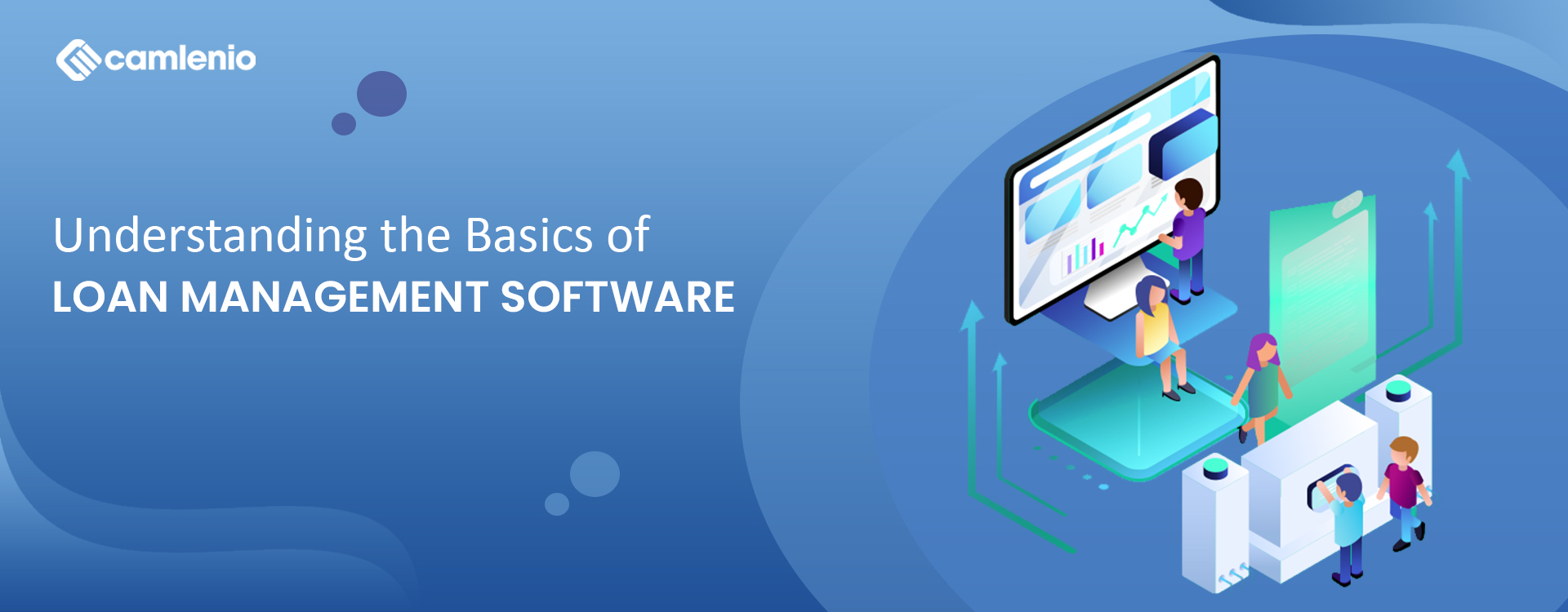
In today’s digital age, the demand for efficient and secure loan management software is on the rise. Financial institutions, banks, and lenders are increasingly turning to technology to streamline their loan processes, improve customer experience, and reduce operational costs. Camlenio, a leading software development company, specializes in creating robust and customizable loan management software solutions that cater to the unique needs of lenders. In this article, we will explore the basics of loan management software development at Camlenio, highlighting key features, benefits, and the development process.
Introduction to Loan Management Software
Loan management software is a comprehensive tool that helps lenders automate and manage the entire loan lifecycle, from application to approval, disbursement, and repayment. It provides a centralized platform for managing loan applications, customer data, loan products, interest rates, and repayment schedules. Loan management software is essential for improving operational efficiency, reducing risks, and enhancing customer satisfaction.
Key Features of Loan Management Software
Loan Origination
Loan origination is the process of applying for a loan. Loan management software allows borrowers to submit loan applications online, which are then processed by the system. The software can automatically verify applicant information, assess creditworthiness, and generate loan offers based on predefined criteria.
Loan Approval and Underwriting
Once a loan application is received, the software facilitates the approval and underwriting process. It automates the review of applicant information, credit history, and financial documents to determine the borrower’s eligibility for the loan. The software can also calculate the loan amount, interest rate, and repayment terms based on the lender’s policies.
Loan Servicing
Loan servicing involves managing the loan after it has been approved and disbursed. Loan management software automates the tracking of loan balances, payments, and interest accrual. It also generates statements, payment reminders, and reports for both lenders and borrowers.
Risk Management
Risk management is a critical aspect of lending. Loan management software helps lenders assess and mitigate risks associated with lending, such as credit risk, interest rate risk, and default risk. The software can analyze borrower data, credit scores, and market trends to make informed lending decisions.
Compliance and Reporting
It ensures compliance with regulatory requirements and reporting standards. It generates reports required by regulatory bodies, such as the Consumer Financial Protection Bureau (CFPB) and the Financial Crimes Enforcement Network (FinCEN). The software also helps lenders maintain accurate records and audit trails for loan transactions.
Customer Relationship Management (CRM)
It includes CRM features to help lenders manage customer relationships effectively. It enables lenders to track customer interactions, preferences, and feedback. This helps in providing personalized service and improving customer satisfaction.
Read More : https://camlenio.com/blogs/best-b2b-aeps-software-company-in-jaipur/
Benefits of Loan Management Software
Increased Efficiency
Loan management software automates manual processes, reducing the time and effort required to manage loans. This increases operational efficiency and allows lenders to process loans faster.
Improved Accuracy
By automating calculations and data entry, loan management software reduces the risk of errors. This ensures that loan terms, interest rates, and repayment schedules are calculated accurately.
Better Risk Management
It provides lenders with tools to assess and mitigate risks associated with lending. This helps in making informed lending decisions and reducing the risk of defaults.
Enhanced Customer Service
It allows lenders to provide better customer service by offering online loan applications, instant approvals, and personalized loan offers. This improves the overall customer experience and satisfaction.
Regulatory Compliance
It helps lenders comply with regulatory requirements by generating reports and maintaining accurate records. This reduces the risk of penalties and legal issues.
The Development Process of Loan Management Software
Requirements Gathering
The first step in developing loan management software is to gather requirements from stakeholders, including lenders, borrowers, and regulatory bodies. This involves identifying the features and functionalities required in the software.
Design
Once the requirements are gathered, the software development team designs the architecture and user interface of the loan management software. The design should be user-friendly and intuitive, allowing users to easily navigate the system.
Development
After the design is finalized, the development team begins building the software. This involves coding the software according to the design specifications and integrating it with other systems, such as credit bureaus and payment processors.
Testing
Once the software is developed, it undergoes rigorous testing to ensure that it meets the requirements and functions as intended. This includes testing for bugs, security vulnerabilities, and performance issues.
Deployment
After testing is complete, the loan management software is deployed to production. This involves installing the software on the servers and making it accessible to users.
Maintenance and Support
After deployment, the software requires ongoing maintenance and support to ensure that it continues to function properly. This includes fixing bugs, updating the software, and providing technical support to users.
Conclusion
It plays a crucial role in the success of lenders by improving efficiency, reducing risks, and enhancing customer satisfaction. Camlenio’s expertise in developing customized loan management software solutions makes it a trusted partner for financial institutions looking to streamline their loan processes and achieve their business objectives. By understanding the basics of loan management software development at Camlenio, lenders can make informed decisions and leverage technology to drive growth and success in the competitive lending industry.

